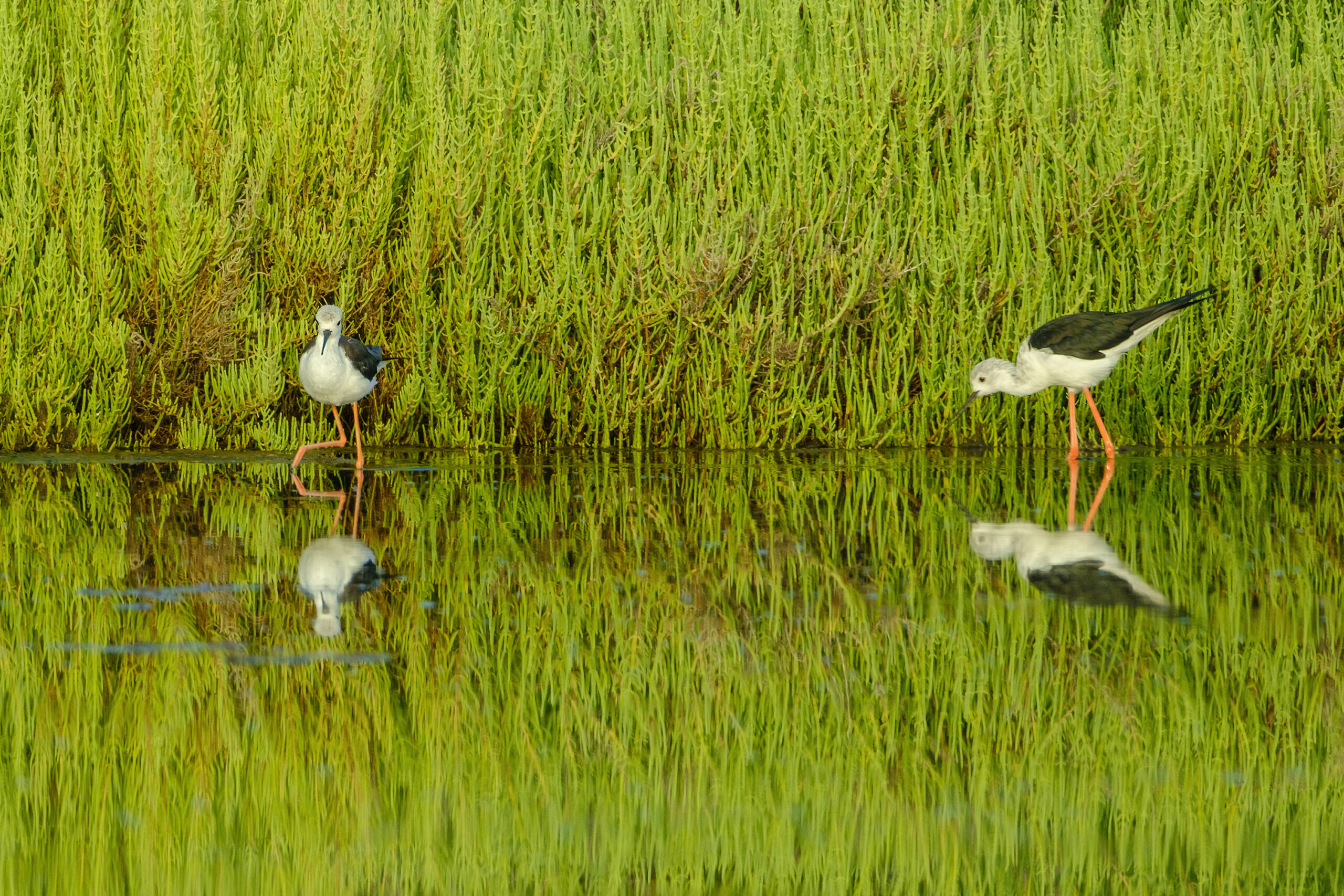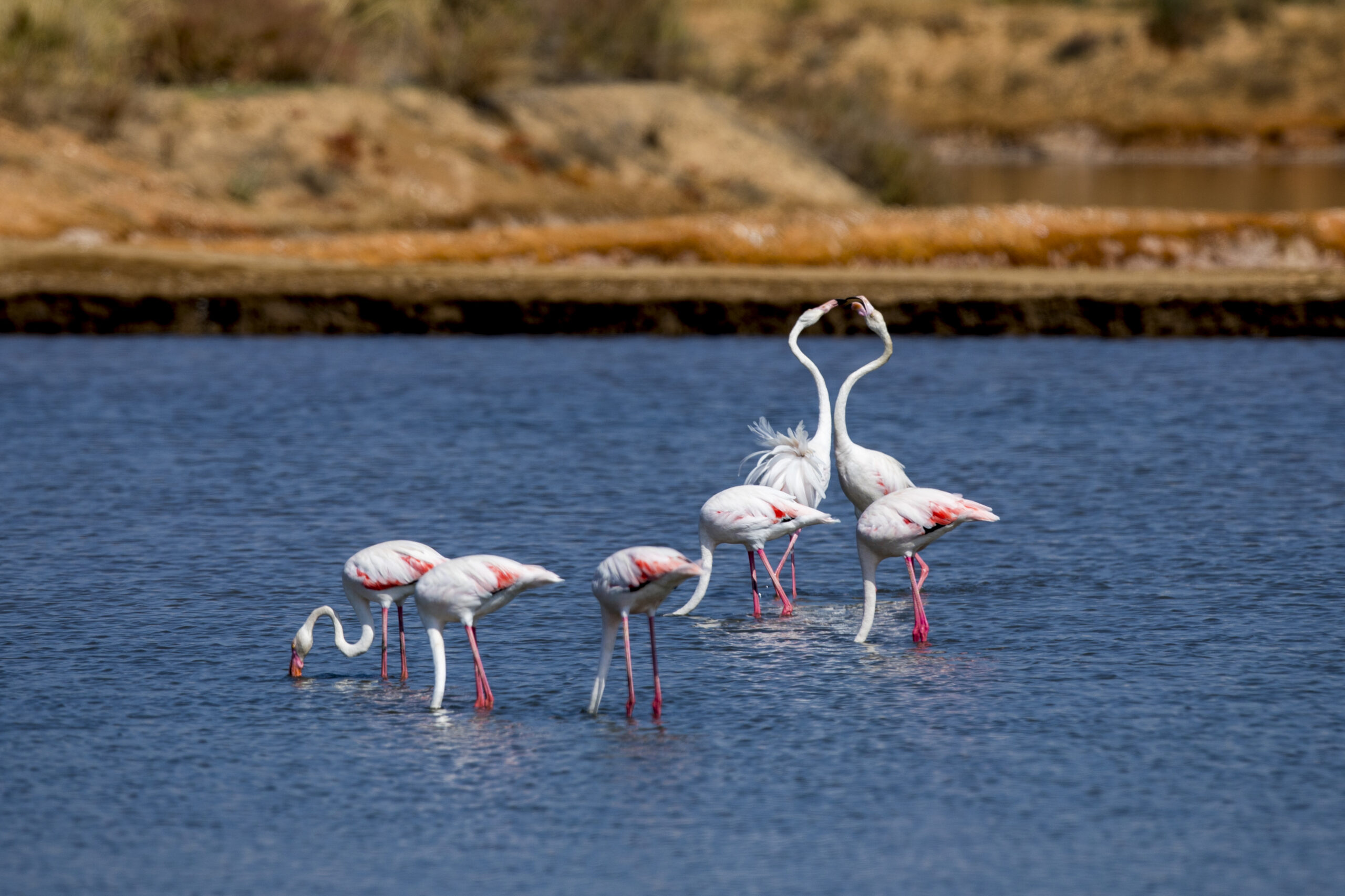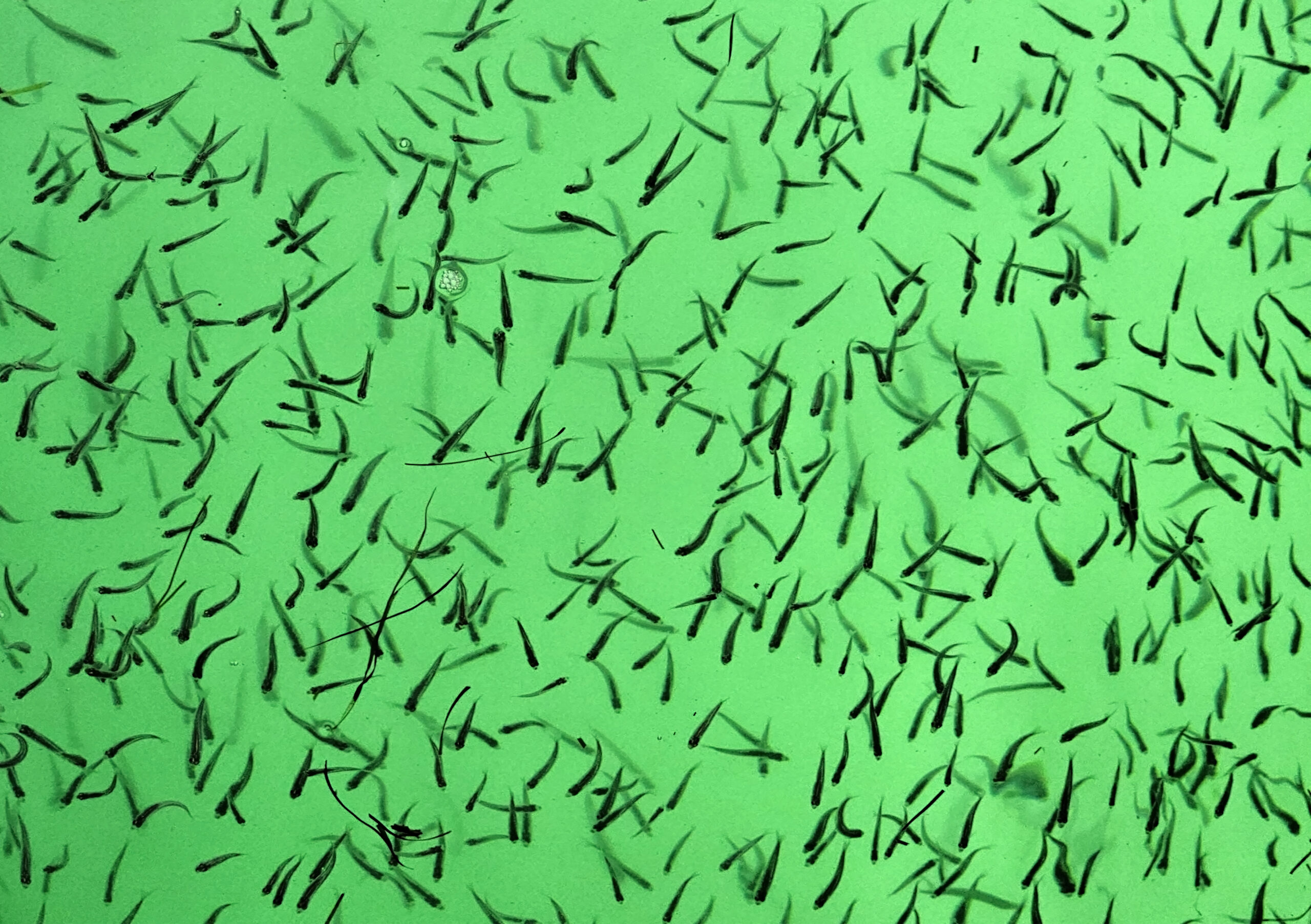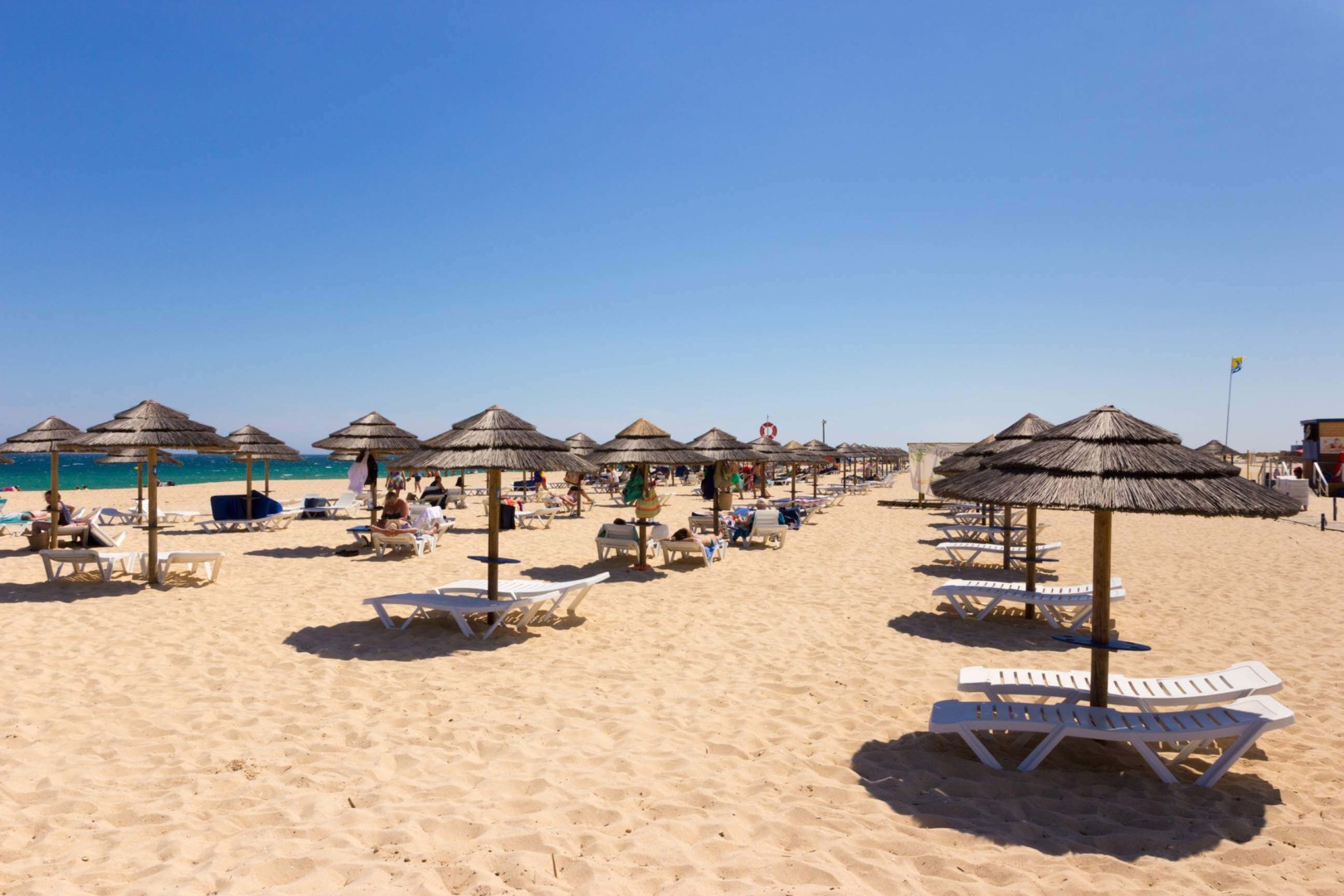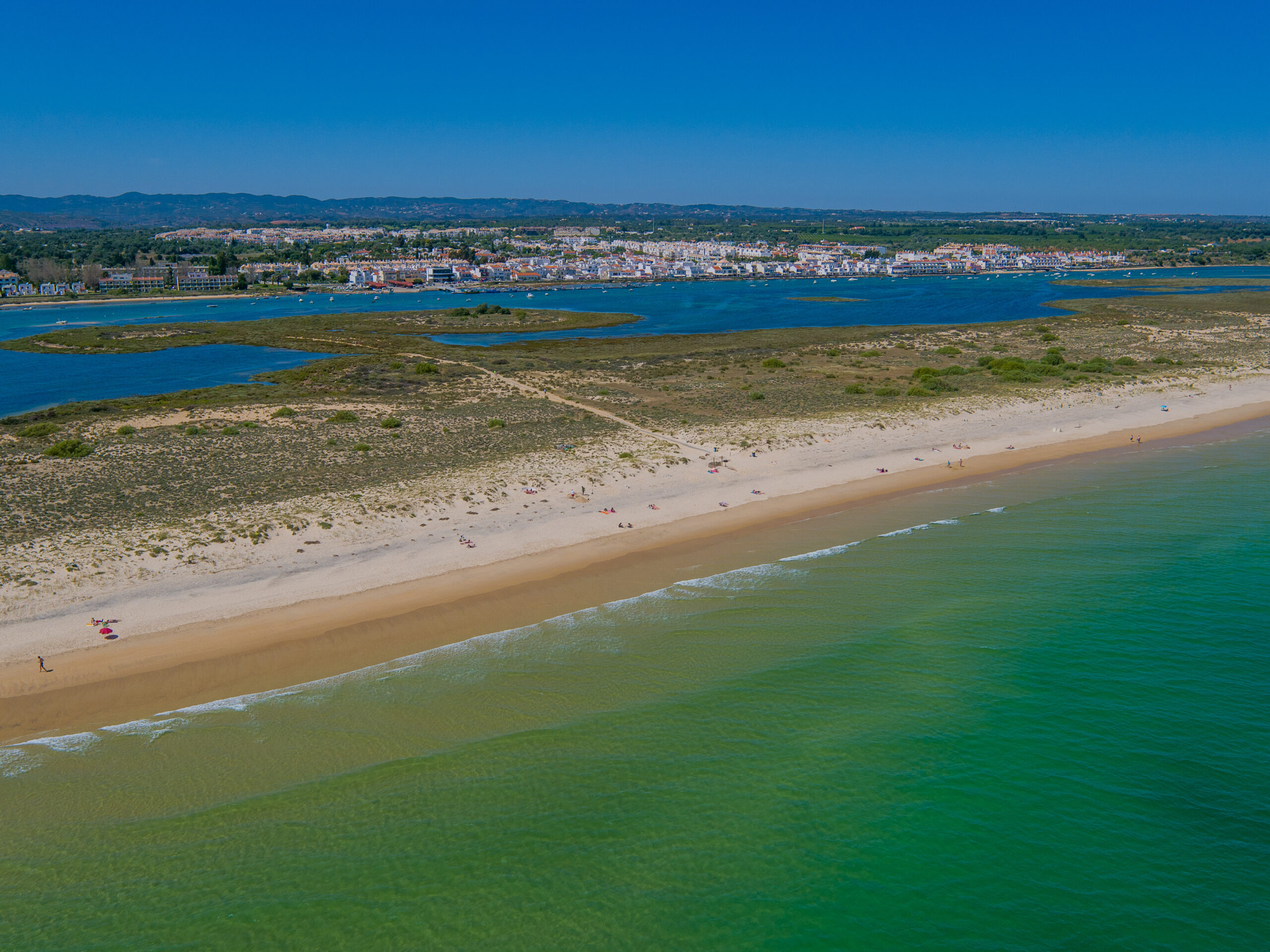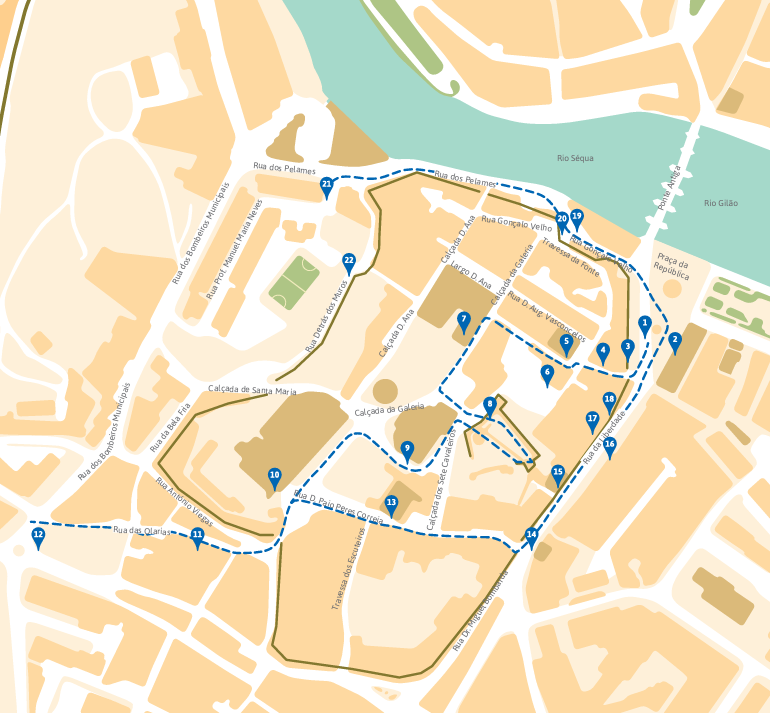Ria Formosa Natural Park
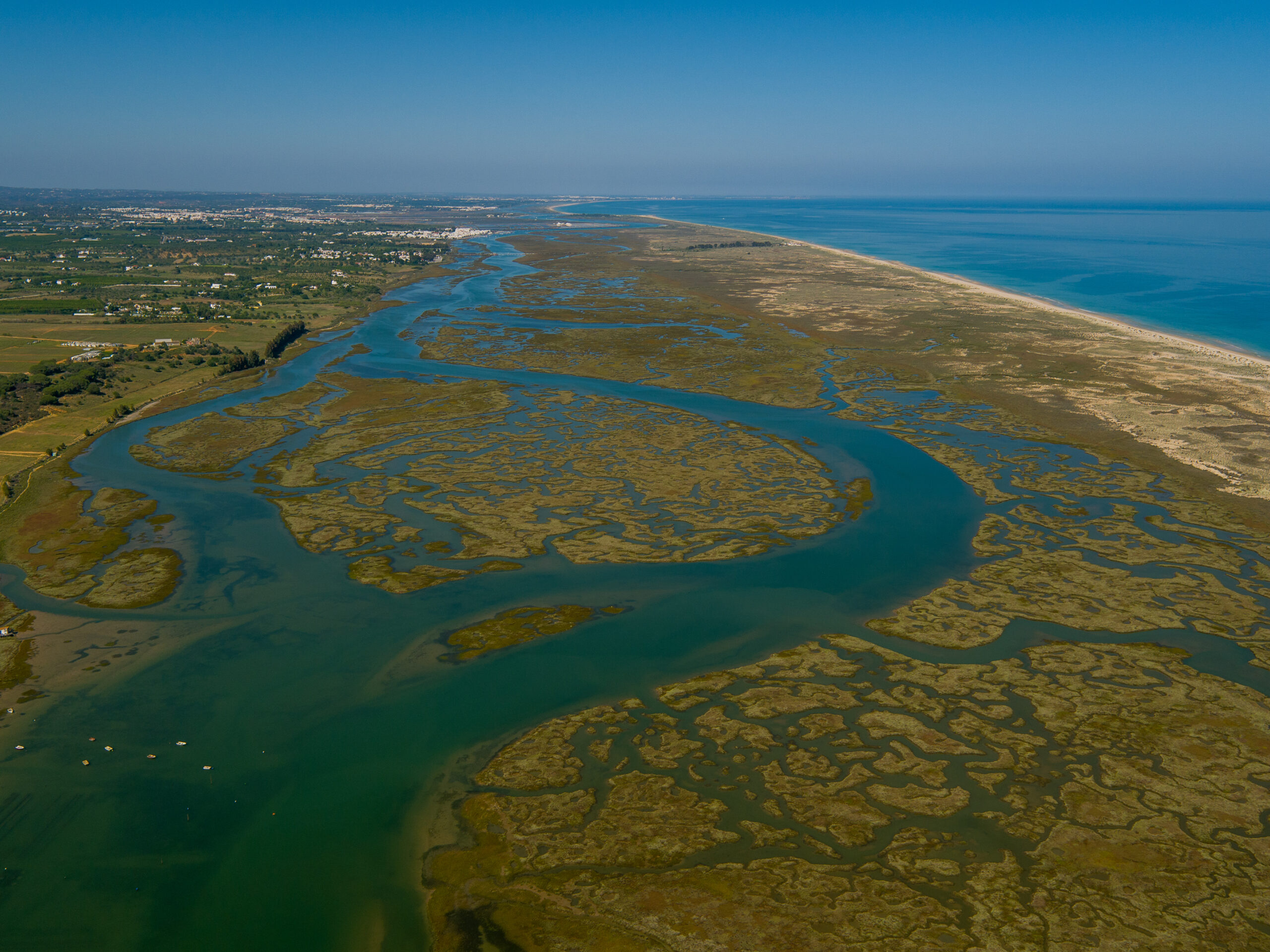
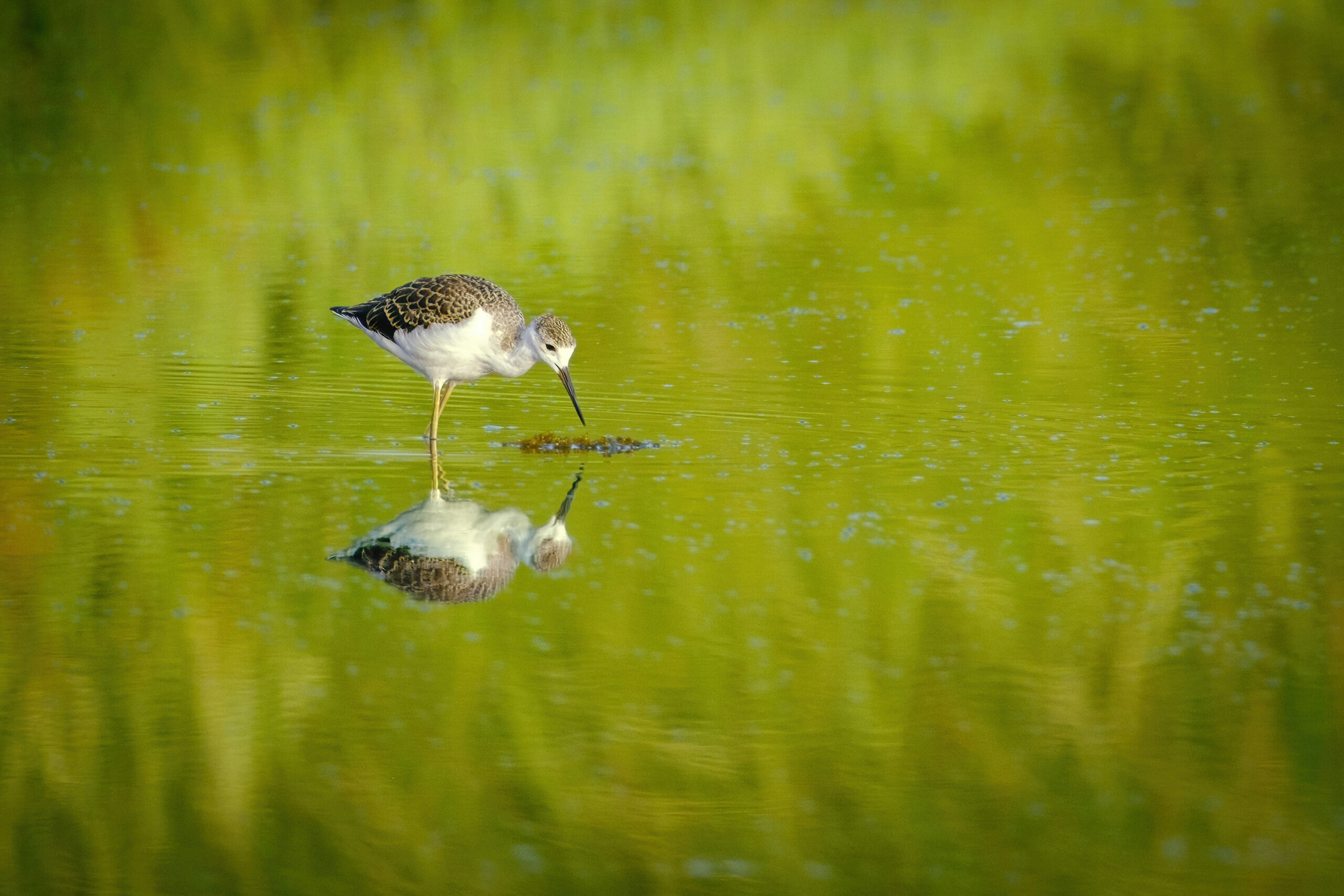
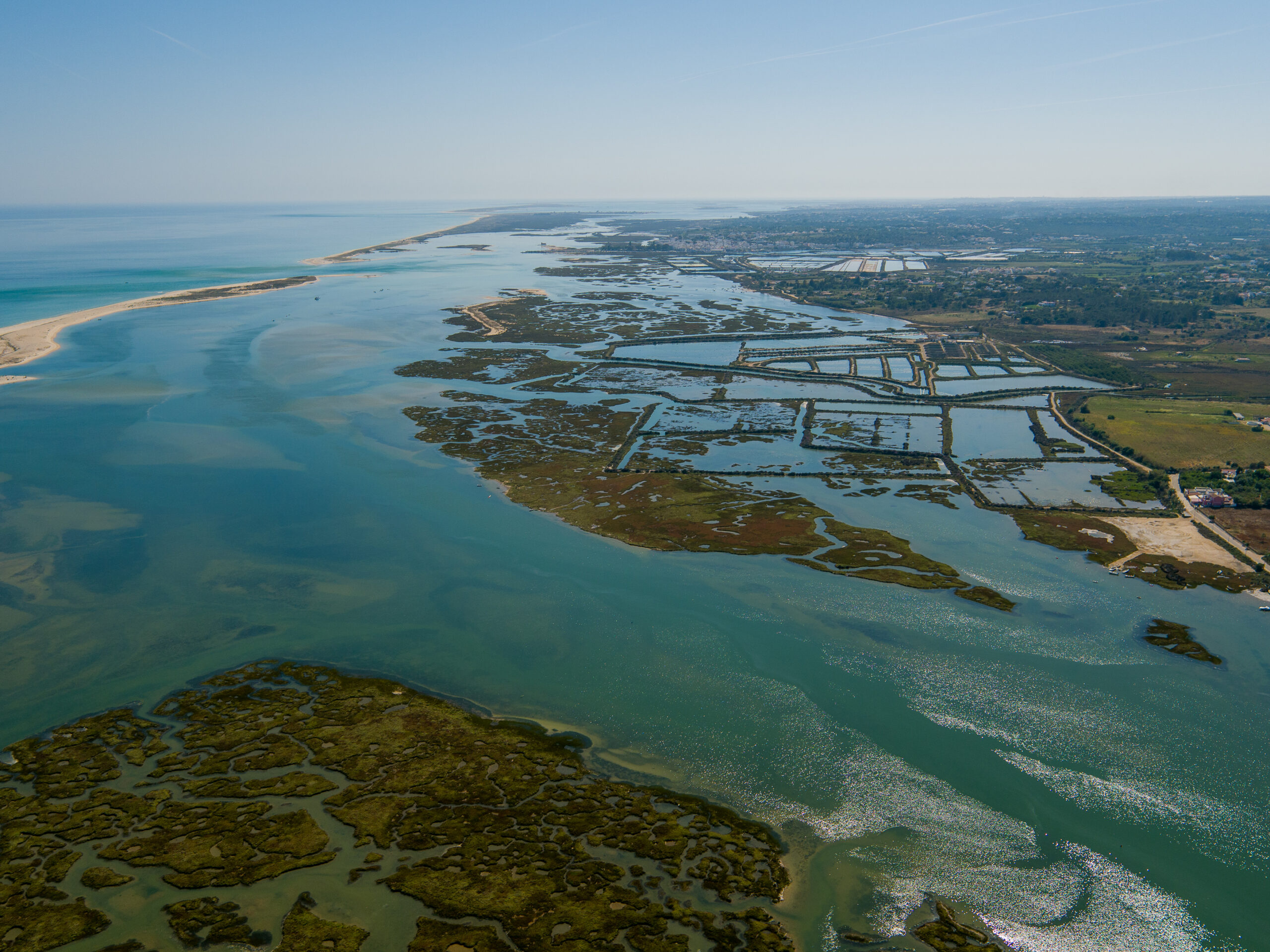
The Ria Formosa Natural Park is one of the most important areas in the country for migratory birds.
The Ria Formosa Natural Park is characterized by the presence of a coastal sand dune system (beaches and dunes) that protects a lagoon area. This large lagoon system – which stretches from Ancão (municipality of Loulé) to Manta Rota (municipality of Vila Real de Santo António) – includes a wide variety of habitats: barrier islands, salt marshes, sand and mud banks, dunes, salt marshes, freshwater and brackish lagoons, watercourses, agricultural areas and forests, all of which show a great diversity of flora and fauna.
The high biological productivity of the Ria Formosa is reflected in all its environments, and is especially visible in the communities that inhabit the sandy and muddy bottoms of the estuary, which can have very abundant populations.
This is the case of annelids such as polychaetes, crustaceans, gastropods (e.g. whelks, sea slugs), as well as bivalves, many of which are commercially exploited, such as clams, razor clams and cockles.
The presence of fish in the estuary is very significant, with more than 140 species already recorded.
Ria Formosa is home to one of the largest communities of seahorses in the world (Hippocampus guttulatus and Hippocampus hippocampus). The seahorse is a charismatic fish in appearance and behavior, and the male protects the eggs, carrying them in a ventral pouch until they hatch.
Of the aquatic habitats found in the Ria Formosa, the salt marshes and ponds in Tavira are particularly important, where a large number of species representative of wetlands can be seen.
